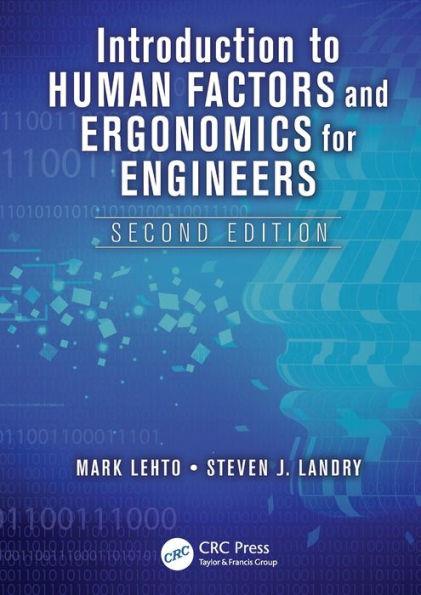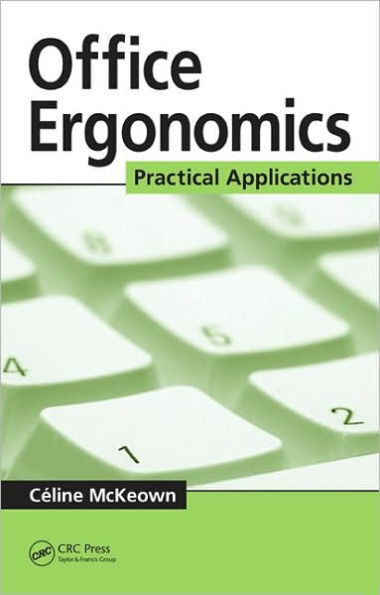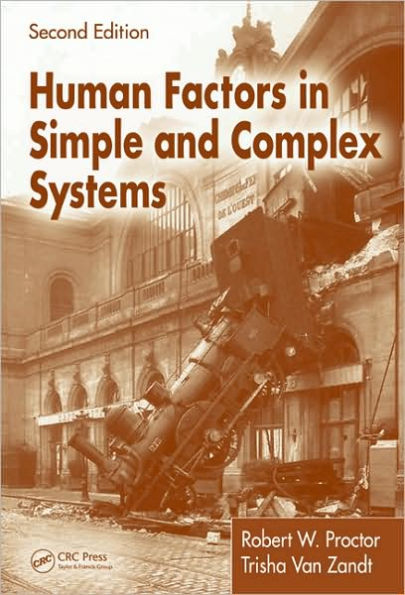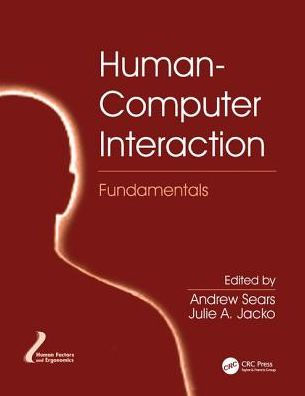Home
Ergonomics and Human Factors: Recent Research / Edition 1
Loading Inventory...
Barnes and Noble
Ergonomics and Human Factors: Recent Research / Edition 1
Current price: $109.99


Barnes and Noble
Ergonomics and Human Factors: Recent Research / Edition 1
Current price: $109.99
Loading Inventory...
Size: OS
*Product Information may vary - to confirm product availability, pricing, and additional information please contact Barnes and Noble
And Applications To The Human-Computer Interface Michael E. Fotta AT&T Communications 16th FIr. Atrium II, Cincinnati, OH 45202 Artificial intelligence (AI) programs represent knowledge in a fashion similar to human knowledge and the activities of an AI system are closer to human behavior than that of traditional systems. Thus, AI enables the computer to act more like a human instead of making the human think and act more like a computer. This capability combined with applying human factors concepts to the interface can greatly improve the human-computer interface. This paper provides an introduction to artificial intelligence and then proposes a number of methods for using AI to improve the human-machine inter action. AN INTRODUCTION TO ARTIFICIAL INTELLIGENCE Definition There are many definitions of artificial intelligence (AI) running from the very general to the very detailed. Perhaps the most well accepted general definition is that by Elaine Rich: "Artificial intelligence is the study of how to make computers do things at which, at the moment, people are better", (Rich, 1983). A good example of a detailed definition is provided by the Brattle Research Corporation; "In simplified terms, artificial intelligence works with pattern matching methods which attempt to describe objects, events or processes in terms of their qualitative features and logical and computational relationships," (Mishkoff, 1985).


















